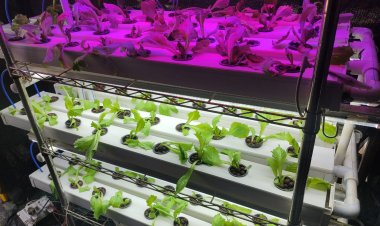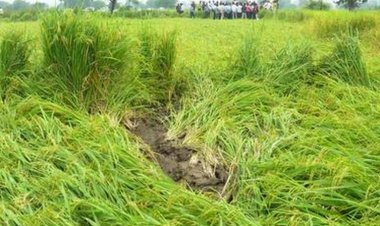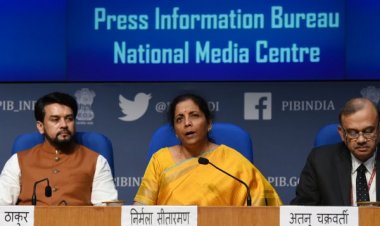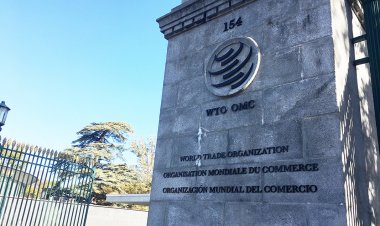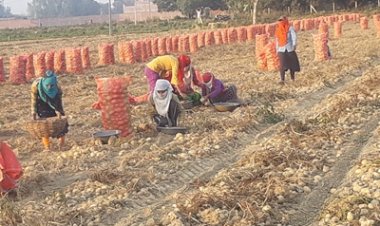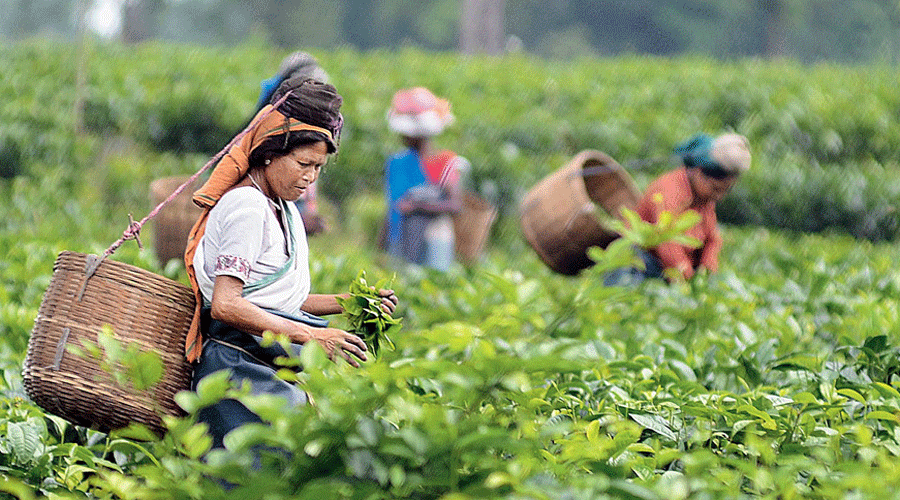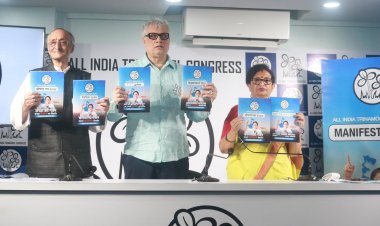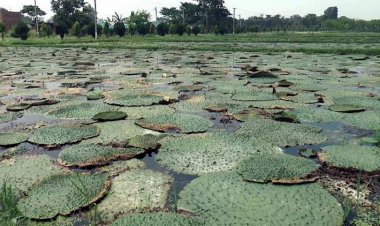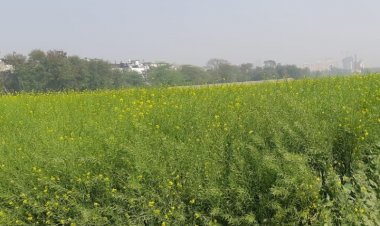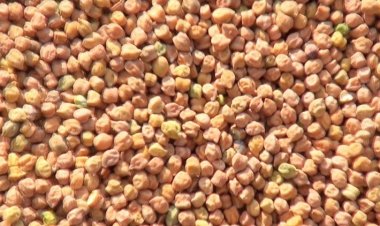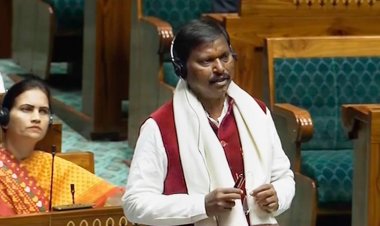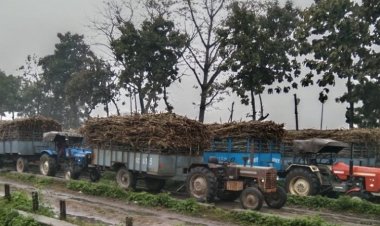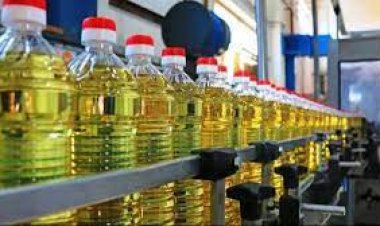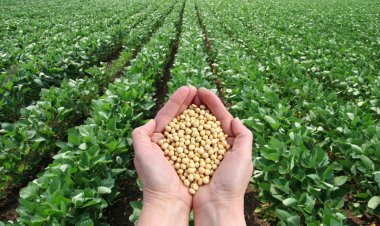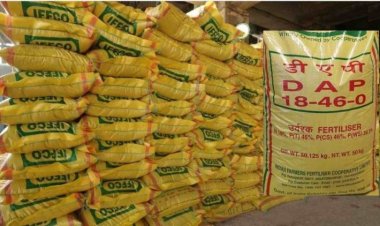Let's manage our potato and onion; we can do better than others in inflation control
In order to keep inflation under control, India must opt for supply augmentation in the medium term and better supply management in the near term or right now. There is no point always passing the blame at the door of global factors, barring crude petroleum and natural gas and maybe their cascading effect. Stocks and supply of most of the items, especially food, can be managed with the help of smart inventory tools and infrastructure.
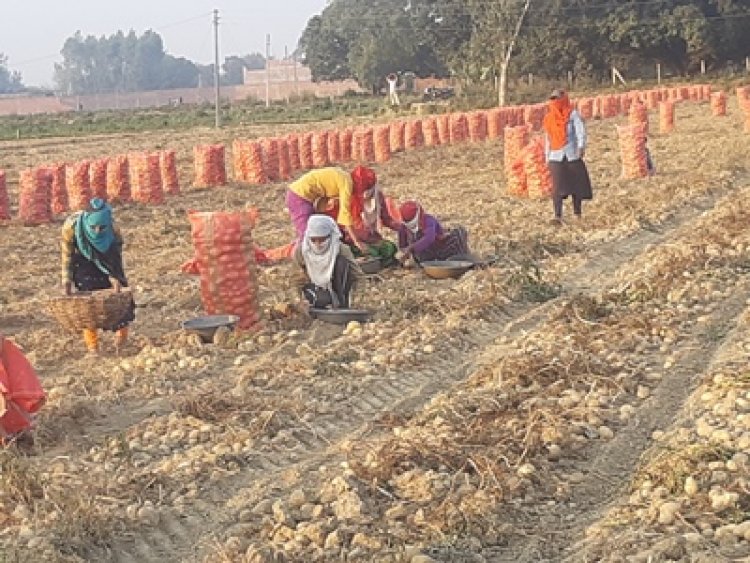
In the midst of public outrage all across the world over rising inflation not seen for several decades, India is not hit as badly as others. That is a consolation that overlooks the fact that our people are suffering as well. The government and the Reserve Bank of India (RBI) have to put up a brave face, but the situation is quite unenviable because there is a double whammy at work in terms of high inflation and a weakening rupee.
We have overshot the retail inflation targets of plus/minus four per cent since September 2020 while the Wholesale Price Index (WPI) gauge has remained in double digits for the last 18 months. For September 2022, the Consumer Price Index (CPI) was 7.41 per cent even as the WPI print was 10.7 per cent. The rupee has weakened by about 10 per cent since January this year. This is despite the fact that RBI had to empty its forex treasury by $90bn in the last one year to support the rupee against the US dollar.
In a monthly series of articles on inflation, I had been disaggregating the data to show different levels of impact on different sets of people. This time around, let me try and list a few suggestions to keep a tight leash on price rise. Objectively speaking, India is not hit as badly as maybe the US, UK or several other developed nations. Let us not compare ourselves with countries like Pakistan and Sri Lanka because they have not set an ambition for themselves to be counted amongst the developed nations, as we have done.
But our people are suffering more compared to those in the developed nations. Why? If we look at the headline numbers, we are better off than, say, the US or the UK. How then do our people suffer more than them? The answer is simple — our annual per capita earnings are far less than those in developed nations. They can withstand the jolt, not we. Our per capita annual income is a little under $2,500 whereas the American per capita income is at least 20 times more. It is like the rich versus the far less rich who get more affected by inflation.
Returning to the idea of keeping inflation under control, there are two classical ways to go about it. One, reduce the demand — the tool being resorted to by the US Federal Reserve with the consequence of recession looming large. Second, augment the supply that would have the positive consequence of increased output and more jobs. India must opt for the second option, with both supply augmentation in the medium term and better supply management in the near term or right now.
A look at the WPI numbers would tell you how supply management matters and how it is far from being optimal. For the month of September, potato prices rose by almost 50 per cent year on year (Y-o-Y) whereas onion prices crashed by nearly 21 per cent Y-o-Y. Both onions and potatoes are essentials for our kitchens and are subject to seasonal production risks arising out of drought, excess rains or any other crop-related disruptions. However, in ordinary circumstances, both these essentials are sufficiently grown within the country. But we have wild volatility year after year in the prices, hurting the consumers as also the farmers. This is a classic example of supply management and price variations cannot be put at the doors of global headwinds.
Vegetables, onions and potatoes are given under three different heads in the official WPI chart. In the last six months since April 2022, vegetable prices have been increasing Y-on-Y above 18 per cent, going up to near 40 per cent in September in the mandis. Potatoes, too, followed the pattern, increasing between 19.84 per cent and about 50 per cent between April and September.
Onion tells you a different story of tears in the eyes of growers. Prices have dropped consistently since April, crashing by 21 per cent in September.
Across the primary food articles, we can pinpoint different supply-side incompetencies. Our cold-storage infrastructure, supply chain management, regulatory mechanism and trading community do not measure up to the best of standards. We cannot always blame the Ukraine-Russia war!
There is no point always passing the blame at the door of global factors, barring crude petroleum and natural gas and maybe their cascading effect. Stocks and supply of most of the items, especially food, can be managed with the help of smart inventory tools and infrastructure.
(Prakash Chawla is a New Delhi-based independent journalist.)











